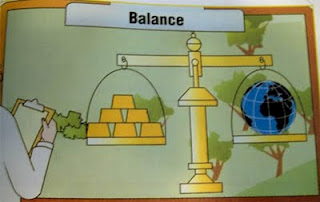Gold prices have been consolidating since the beginning of the year as the market is waiting for the US Federal Reserve to undertake a third round of quantitative easing. Investors expect the central bank to announce stimulus measures at its meeting in September to boost the fragile economic recovery.
The economic agenda is busy with German unemployment, EU retail PMI, UK money supply, the usual Thursday US initial jobless claims, personal income and spending and the start of the gathering at Jackson Hole
Gold is set for the biggest gain since January. Prices reached a four-month high of $1,676.90 on Aug. 27 on speculation that the Fed will embark on a third round of debt purchase after the Jackson Hole meeting.
The economic agenda is busy with German unemployment, EU retail PMI, UK money supply, the usual Thursday US initial jobless claims, personal income and spending and the start of the gathering at Jackson Hole
Comex gold futures prices on Friday rallied sharply, hitting a fresh five-month high and are now within easy striking distance of $1,700.00. The precious metals markets took flight late Friday morning following the much-anticipated remarks by Federal Reserve Chairman Ben Bernanke at a Fed symposium in Jackson Hole, Wyoming. The Fed chief strongly hinted fresh, unconventional U.S. monetary policy stimulus will be implemented at some point. Indeed, he left the door wide open for a fresh quantitative easing initiative to be unveiled at the September FOMC meeting.
Friday is the last trading day of the month, which makes it an extra important trading day from a technical perspective—and the gold and silver bulls even took full advantage of that by pushing prices to multi-month highs. The gold and silver bulls gained fresh, solid upside technical momentum Friday, to suggest that prices can continue to trend sideways to higher for at least the near term.
Investors expectations of imminent stimulus had dimmed somewhat heading into the symposium in Jackson Hole at which Bernanke said the Fed was ready to provide more stimulus if needed, but gave no signal it was imminent.
International gold prices reflect the domestic prices too. In India, gold reached crossed it highest mark, with the rate per 10 gm reaching – Rs. 31,500 as on 28th August 2012.
Gold is expected to move ahead of its life time high. Prices of gold may hit new highs around the Diwali festival as rising tensions in West Asia may increase demand for the metal as a safe haven investment. Civil war in Syria and geopolitical tensions in Iran are major factors pushing up prices of gold despite the fall in physical retail demand for the metal in India, China, and many other countries. In such a scenario, we could see gold touching a price over 32,000 rupees per 10 gm, may be by Diwali.
Overall the metals seem to be holding patterns ahead of what unfolds from Jackson Hole, there has unsurprisingly been some pull back after last week’s rallies as the markets consolidate and overall, although there may be some initial disappointment if QE3 is not announced (which is not likely) - the likelihood that QE3 will be kept firmly on the table may provide comfort








